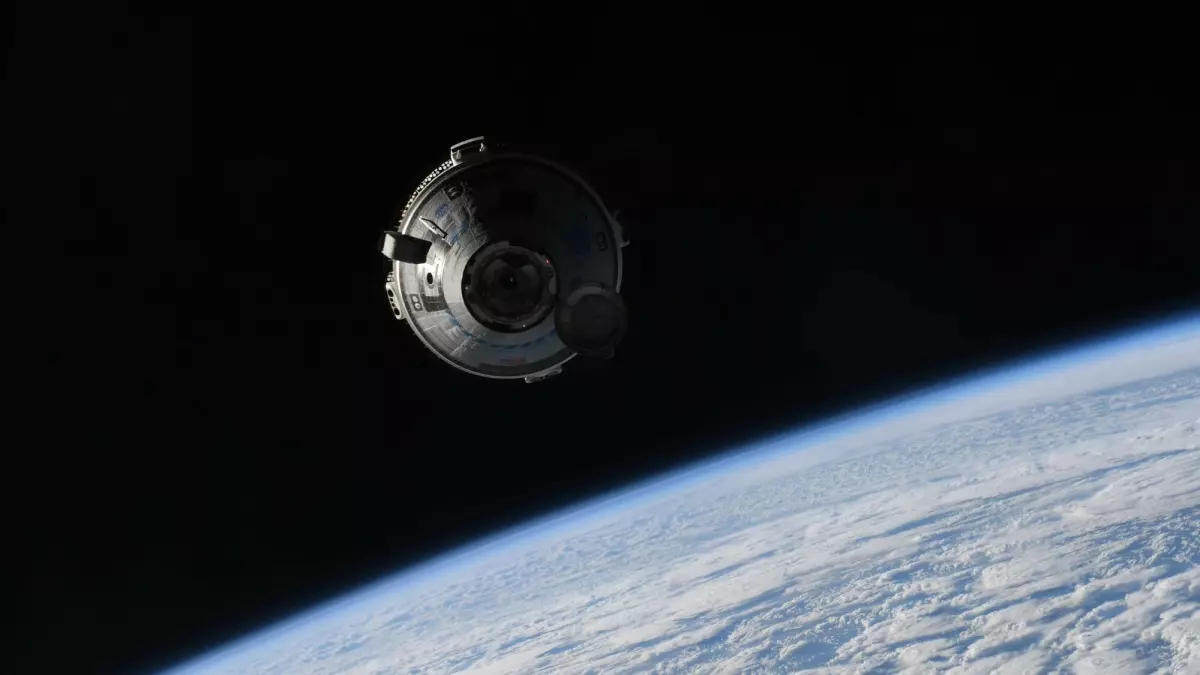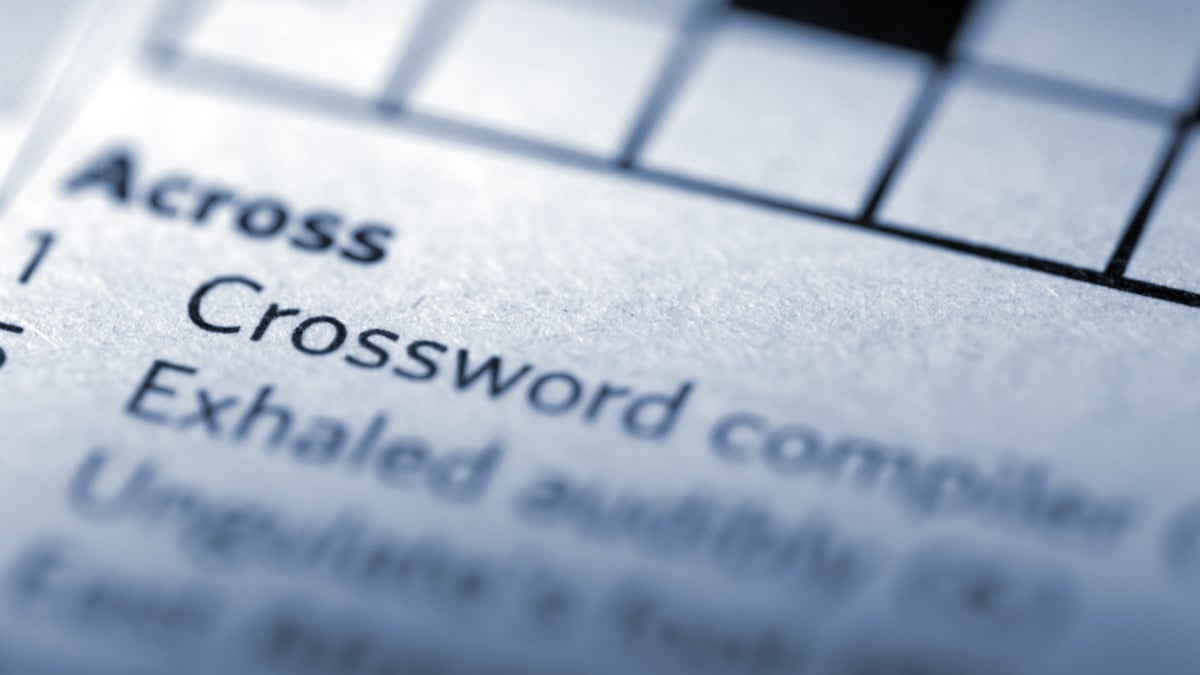If someone had told NASA a decade ago that SpaceX would build a new ride for astronauts to get to the International Space Station before Boeing, the space agency might have laughed that person out of the room.
NASA hired both companies to make spaceships in 2014. SpaceX, the inexperienced one, got its Crew Dragon to the finish line first and has carried 50 people to orbit since 2020. Meanwhile Boeing has continued toiling with Starliner, playing a veritable game of Whac-A-Mole to address one engineering problem after another, most recently a small helium leak in its service module.
Why the legacy company has struggled with the spacecraft and suffered years of delays isn’t all that clear. Answers from Boeing leaders have been at times stunningly opaque.
“There’s a number of things that were surprises along the way that we had to overcome, so I can’t pick out any one that I would point to,” said Mark Nappi, the company’s program manager for Starliner. “This is a typical design and development type of program, and we’ve done a good job of getting us to this point.”
But soon Boeing will have its chance at a redemption story. For the first time, astronauts will fly inside the spaceship to orbit. Test pilots Barry “Butch” Wilmore and Sunita “Suni” Williams, who have each spent six months in space, will take Starliner to the station, a lab about 250 miles above Earth.
Here are the 2024 space moments you won’t want to miss
The launch atop an Atlas V rocket is scheduled for June 1 from Kennedy Space Center in Cape Canaveral, Florida. Barring bad weather or other last-minute snags, the spaceship could blast off as early as 12:25 p.m. ET Saturday.
“If something happens to Dragon, God forbid, then we’re back to asking the Russians for rides. I’m not sure that the American public has the stomach for that.”
The crew will spend about a week at the station, checking out all the spacecraft systems, before climbing back in for the ride home. Rather than plop the astronauts into the ocean as SpaceX does, Boeing will bring them home to the Army’s White Sands Missile Range in New Mexico. A system of parachutes and air bags will cushion the capsule’s desert landing.
Though a harrowing incident involving a panel blowing off an airplane has sullied the Boeing name recently, NASA administrator Bill Nelson said he felt assured the troubles afflicting the company’s aircraft division aren’t a concern for this spacecraft, overseen by the company’s separate defense and space division.
“This is a clean spaceship, and it’s ready to launch,” he said.
The Starliner spaceship successfully landed in a New Mexico desert during an uncrewed test.
Credit: Bill Ingalls / NASA via Getty Images
Despite Starliner’s prior challenges, Wilmore and Williams have said they are unfazed by the string of mishaps and setbacks.
“If we could go back just three years and talk about the capabilities of the spacecraft, what it was then, as envisioned, and then where it’s at now, after these discoveries and the rectification of fixing all of those issues that we found, it’s really leaps and bounds forward,” Wilmore told Mashable during a news conference earlier this month.
Williams added that they’ve talked through the concerning headlines with their families.
“I think they’re happy and proud that we’ve been part of the process to fix it all,” she said.
Mashable Light Speed

NASA astronauts Barry “Butch” Wilmore and Sunita “Suni” Williams will be the first people to fly inside the Boeing Starliner.
Credit: Paul Hennessy / Anadolu via Getty Images
Why NASA outsourced spacecraft construction
Ten years ago, NASA contracted billionaire Elon Musk‘s relatively new rocket company and Boeing to create a commercial space taxi market. The agency paid SpaceX just $2.6 billion and the latter $4.2 billion.
At the time, it made sense to award Boeing a heftier contract: The company had already begun work on a spacecraft and had experience working with NASA, going all the way back to Project Mercury in the late 1950s. Those close ties were reiterated as recently as a month ago by Dana Weigel, NASA’s International Space Station program manager, who reminded reporters about Boeing’s role in the space station itself.
“This isn’t the only Boeing-built spacecraft we’ll operate from Houston’s mission control,” she said. “We are looking forward to [Starliner], but we’re also really proud to be operating the ISS, which is the longest continuously operational spacecraft in human history.”

Starliner will be launched with a United Launch Alliance Atlas V rocket.
Credit: Aubrey Gemignani / NASA via Getty Images
Once the agency retired the Space Shuttle in 2011, NASA was forced to tag along on Russian Soyuz rockets from Kazakhstan to get crew into space. That might have been fine, but the United States was paying upward of $86 million per ride.
“We’ve not had the friendliest of relationships with Russia, particularly recently, and the head of their space agency said, ‘Well, NASA can go get itself a big trampoline,'” Sven Bilén, an aerospace engineering professor at Penn State, told Mashable. “As an American, the inability for us to get to space on our own spacecraft was, to me, an embarrassment.”
The need for Russia to get Americans to space ended when SpaceX’s Crew Dragon passed all of its tests for certification, but NASA never intended to have all its eggs in Musk’s basket. After the Columbia disaster, it took 2.5 years for the United States to return to spaceflight. The agency has wanted at least two vendors, so there is always a backup if the Federal Aviation Administration grounded one for any reason. Their position on that issue remains, even as the space station nears retirement in 2031.

Barry “Butch” Wilmore is the commander of the first crewed flight for the Starliner spacecraft.
Credit: NASA
The need for a Plan B became clear last year when a leak on the station forced NASA to consider a contingency of loading all the astronauts in one SpaceX spaceship to get home, should an emergency evacuation be necessary.
“If something happens to Dragon, God forbid, then we’re back to asking the Russians for rides,” Bilén said. “I’m not sure that the American public has the stomach for that.”
Starliner’s engineering problems and delays
Starliner’s first flight carrying astronauts was actually targeted for a launch seven years ago. About two years later, in December 2019, Boeing was ready to send an empty Starliner up to the station for an uncrewed maiden voyage. The spaceship, however, never made it to its destination, due to a software glitch that put it on the wrong orbit. Starliner returned to Earth without completing its mission.

Sunita “Suni” Williams, an astronaut and test pilot, will fly Starliner for the first time.
Credit: NASA
After a seven-month investigation, NASA ordered 80 corrective actions for Boeing before it could fly the ship again. Meanwhile, SpaceX was completing the crewed test that Boeing is slated to conduct no earlier than June 1.
The troubles only continued. Boeing set out to conduct another unpiloted test flight and geared up for a launch in 2021 when engineers found more than a dozen corroded valves in the propulsion system. Replacing those parts pushed the redo to May 2022.
Starliner’s second spaceflight was free of those major problems, and the ship made it to the space station and back, but the streak of hardware issues wasn’t over. Just before Boeing was about to test the spacecraft with astronauts, more problems surfaced during reviews in 2023, causing even more delays, including an extra drop test for a new parachute system. The team also replaced about a mile of tape covering internal wiring in the spacecraft because it was deemed flammable, Nappi said.

An uncrewed Starliner had a successful launch and flight in 2022.
Credit: Paul Hennessy / Anadolu Agency via Getty Images
This spring it seemed like Boeing had finally turned the corner, putting its engineering problems behind. The test pilots prepared to fly on May 6, but Boeing scrubbed the launch during the countdown due to a concerning oxygen relief valve on the rocket.
Teams have replaced the valve, but in the meantime, they have discovered another small helium leak in a rubber seal on the spacecraft’s service module. After an assessment, the company has said if the leak somehow worsens, it could be managed in space.
The U.S. Space Force weather forecasters say there’s a 90 percent chance of favorable conditions for Saturday’s launch.
Despite the previous issues, NASA officials said the spacecraft has been rigorously vetted for launch readiness. Associate administrator Jim Free has emphasized that the lives of Williams and Wilmore, as well as the other astronauts at the station, are most important.
“We don’t take that lightly at all,” he said.
This story was originally published on May 4, 2024, before Boeing’s previous launch attempt. It has been updated to reflect the scrub and other developments since.


